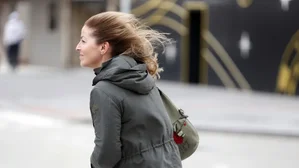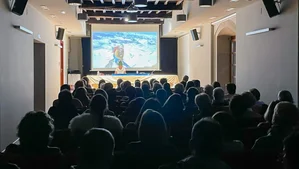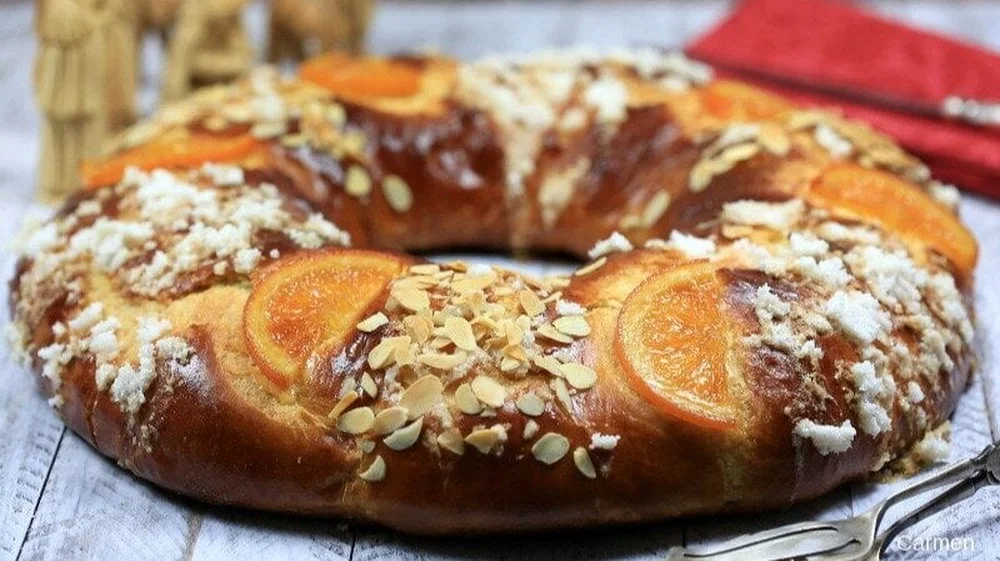Celebrating Three Kings Day with Homemade Rosca de Reyes: A Traditional Spanish and Mexican Delight
As the festive season continues, expats in Spain and around the world are gearing up to celebrate one of the most beloved traditions: Three Kings Day, or Día de Reyes, observed on January 6th. At the heart of this celebration is the iconic Rosca de Reyes, a sweet, circular bread that symbolizes the crown of the Three Wise Men and is a staple in both Spanish and Mexican cultures.
The History and Significance
The tradition of Rosca de Reyes dates back to ancient Rome, where a similar bread was baked during the Saturnalia festival. This pagan feast involved a round cake or bread loaf with a hidden bean, and the person who received the slice with the bean was declared the king of the day. When Christianity spread, this tradition was adapted into the rituals of Epiphany, where the bean was replaced by a figurine of the baby Jesus, symbolizing how Mary and Joseph hid their newborn from King Herod’s soldiers[5].
Preparing the Rosca de Reyes
Making a Rosca de Reyes at home is a rewarding and delicious way to honor this cultural heritage. Here’s a step-by-step guide to help you create this festive bread:
Ingredients
To start, you will need basic ingredients such as all-purpose flour, bread flour, warm milk, active dry yeast, granulated sugar, unsalted butter, eggs, and orange zest. Additional decorations include candied fruits, guava or quince paste, and almond slices[1][4].
Step-by-Step Process
-
Prepare the Dough: Warm the milk to around 110°F-115°F and combine it with yeast and a tablespoon of sugar. Let it foam for about 5 minutes to ensure the yeast is active. Then, mix the flours, remaining sugar, and salt in a stand mixer. Gradually add melted butter, eggs, orange zest, and the yeast mixture. Knead the dough until it is smooth and elastic, about 6-8 minutes[1][4].
-
Let the Dough Rise: Place the dough in a large, oil-coated bowl and let it rise in a warm, draft-free area for 1-1½ hours until it doubles in size.
-
Shape the Dough: Divide the risen dough into two equal parts and shape each into a ball. Stretch the center of each ball to form an oval ring, approximately 10½ x 7½ inches. Place the rings on parchment-lined baking sheets and let them rise for another 45 minutes[1].
-
Decorate and Bake: Prepare a sugar paste by mixing egg yolk, flour, confectioners' sugar, and softened butter. Shape into strips and refrigerate until use. Brush the risen dough with an egg wash and decorate with sugar paste strips, candied cherries, guava paste, and optional almond slices. Bake in a preheated oven at 350°F for 25 minutes, rotating the baking sheets halfway through for even browning[1].
The Hidden Treasure
A unique and exciting part of the Rosca de Reyes tradition is the hidden figurine of the baby Jesus. According to custom, the person who finds this figurine in their slice must host a tamale feast on February 2nd, Día de la Candelaria, extending the holiday cheer[5].
Celebrating with Family and Friends
Rosca de Reyes is more than just a delicious bread; it is a celebration of family, friends, and cultural heritage. On January 6th, families and friends gather to share the Rosca de Reyes and enjoy traditional drinks like hot chocolate or atole. This festive bread brings people together, strengthening bonds and creating lasting memories[1][5].
As you prepare to celebrate Three Kings Day, making your own Rosca de Reyes at home is a wonderful way to connect with the rich traditions of Spain and Mexico. Whether you are an expat in Spain or simply a lover of cultural cuisine, this sweet bread is sure to delight and bring warmth to your celebrations.
About MovetoSpain.es
MovetoSpain.es is an independent data website that helps people move to, live in, and integrate into Spain. We use AI to gather data from around the web to provide you with the most up-to-date information.
Sources for this story:
Related Stories

Laredo Invited to the Piedra Fest: A Celebration of Tradition and Community
April 19, 2025

Weather and Celebrations: What to Expect During Holy Week in Spain 2025
March 11, 2025

First Screening of "Cinco Caminos" in Cantabria Held at Espolón
March 11, 2025

Vallehermoso Embarks on Ambitious Historic Center Rehabilitation Project
March 10, 2025

Celebrating Father's Day in Style: Exciting Events Across Spain and the Canary Islands
March 9, 2025
EuroMillions Results in Spain for Friday 18th
Friday, April 18th, 2025
Subscribe to Our Newsletter
Stay updated with the latest news and stories from Spain.
